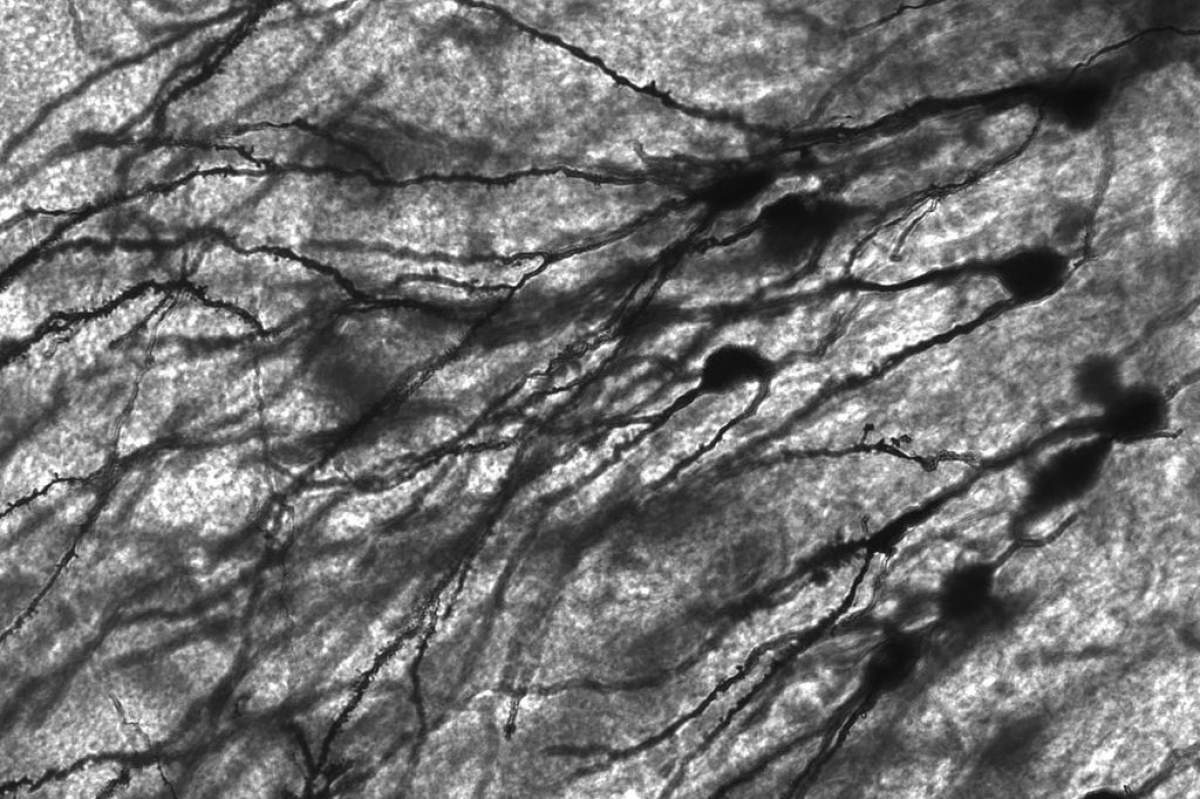
Have you ever wondered about the human brain's ability to switch back and forth between rest and activity? Not just a person's capacity to wake up quickly or easily, or even to shift back and forth between different projects. This is a consideration about the brain's overall efficiency.
Research published in Journal of Neuroscience has uncovered a way to trace how efficiently a person's brain performs. They looked at brain scans of 100 healthy adults from the Human Connectome Project, a research study that includes scientists at Washington University in St. Louis, USC, and Harvard.
They monitored differences between people's brain activity while at rest, as well as brain activity when they were completing activities that required cognitive skills. The tasks in those activities included language, reasoning, and memory skills.
Rest And Engagement
The study looked at people's network of neurons, or brain activity. They found that people whose brain activity was more similar while at rest to their activity while engaged in cognitive skills had brains that performed more efficiently overall. These people performed the cognitive tasks better.
These findings align with previous research results, which indicate that more intelligent people have brains that perform more efficiently as well. Possible reasons for this efficiency could be that a person's brain is already prepped to make a switch, or perhaps it needed only small changes to switch from a resting to a more active state.
The study did not reveal whether this type of shift could be cultivated in people, or whether patterns could be manipulated. However, if such a feat were possible, then people's brain activity could potentially be encouraged, or even changed to be more efficient overall.
Sources And Further Reading:
- Miller, Sara G. "Differences in Brain Activity May ... - livescience.com." LiveScience. August 18, 2016. Accessed March 20, 2017.
- Schultz, Douglas H. and Michael W. Cole. "Higher Intelligence Is Associated with Less Task-Related Brain Network Reconfiguration." Journal of Neuroscience. 17 August 2016, 36 (33) 8551-8561; DOI: https://doi.org/10.1523/JNEUROSCI.0358-16.2016. Accessed March 20, 2017.









